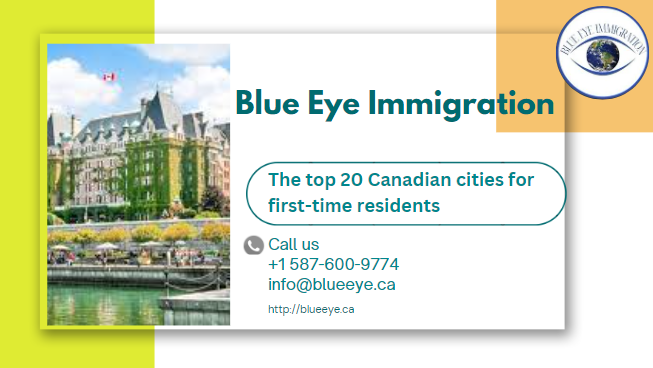A recent research by The Globe and Mail ranked Canada’s most desirable cities for immigrants. The Globe looked at inexpensive housing, accessibility to basic utilities, and ease of integration into the community. Those who came in Canada during the previous five years were the target audience for the ranking.
Data were gathered by The Globe from 439 cities in the nation with a population of 10,000 or more. 43 factors totaling 10 categories that were found to be important when considering a move to a new city were analyzed for this study. The economy, housing, population, health care, safety, education, community, amenities, transportation, and climate were among these categories.
The following is the ranking:
- Pitt Meadows, BC
- Victoria, BC
- Winnipeg, MN
- North Vancouver, BC
- Saanich, BC
- Wellesley, ON
- Burlington, ON
- Regina, SK
- Delta, BC
- Maple Ridge, BC
- West Vancouver, BC
- Oak Bay, BC
- Abbotsford, BC
- Colwood, BC
- Norwich, ON
- Parksville, BC
- Fort St. John, BC
- Port Coquitlam, BC
- Middlesex Centre, ON
- Coldstream, BC
The study determined which factors, like housing, are more crucial for individuals choosing a region to call home and gave those factors greater weight than other factors, like climate.
Ultimately, the ratings were averaged and weighted to provide a composite score for every city. Even the highest-ranked city, Victoria, has some mediocre ratings for housing and healthcare, proving that no city is flawless. Nonetheless, the rating provides a comprehensive overview of each city’s advantages and general livability.
An in-depth analysis of the factors and categories
The economics category evaluated the state of a city’s finances by looking at the employment situation, income distribution, taxation, and general economic stability. Port Coquitlam, Middlesex Center, Oak Bay, Colwood, and Norwich were a few cities with unemployment rates under 6%.
Regarding housing, the category assesses how accessible and affordable housing alternatives are for older citizens. They examined household housing expenses, property taxes, and the average value of principal real estate. They also looked at the housing stock per capita for seniors.
A city’s stability and sustainability in terms of population growth, variety, and cultural richness were examined in the demographics category. The proportion of people whose home tongue is not English or French, the percentage of people who are first- or second-generation immigrants, and the percentage of people who are visible minorities are the three factors that the Globe utilized to create its diversity indicator index.
There is more diversity in Port Coquitlam, Abbotsford, West Vancouver, Delta, North Vancouver, and Winnipeg than there is in the whole country.
on healthcare, the Globe looked at the overall opinion of the people on their health as well as the availability and caliber of medical treatments. The Globe employed metrics including the percentage of people having a regular health care provider and the percentage of people who can get emergency care for minor issues in three days.
In North Vancouver, Pitt Meadows, and Maple Ridge, more than 88% of people had a regular healthcare provider.
The probability of crimes and citizens’ general trust in public safety were assessed under the safety category. The lowest chance of crime rate of any city was found in Wellesley, which was 88% lower than the Canadian average. The chance of crime in Pitt Meadows, North Vancouver, Saanich, and Burlington was lower than the national average.
The community’s educational background as well as the accessibility of local colleges, universities, and other educational establishments were evaluated under the education category.
Regarding community, the category examined the city’s places for social interaction, volunteer opportunities, and the feeling of connectedness and belonging that it offers.
At 74% of the population, West Vancouver and Coldstream are the two cities where residents feel most a part of the community.
The Globe counted the number of retail centers, entertainment venues, recreational facilities, and other leisure activities that the community’s citizens might enjoy under the amenities category. This includes cannabis shops, fitness centers, movie theaters, and accessibility to parks, grocery stores, daycare facilities, and libraries.
Regarding mobility, the category looked at the city’s general ease of access, public transportation, and accessibility. This involved examining the percentage of families located 45 minutes or less from an airport and the percentage of people residing one kilometer or less from any kind of public transit.
North Vancouver, Winnipeg, and Victoria were the only cities in Canada that had higher walkability scores than the national average.
Ultimately, the Globe took into account each city’s environment, listing historical extremes in temperature as well as general seasonal patterns. They looked at the number of days in a year where the low temperature during the day was below -15 degrees Celsius and the humidex was over 35.
Winnipeg and Regina had the greatest number of days with temperatures below -15 degrees Celsius.
